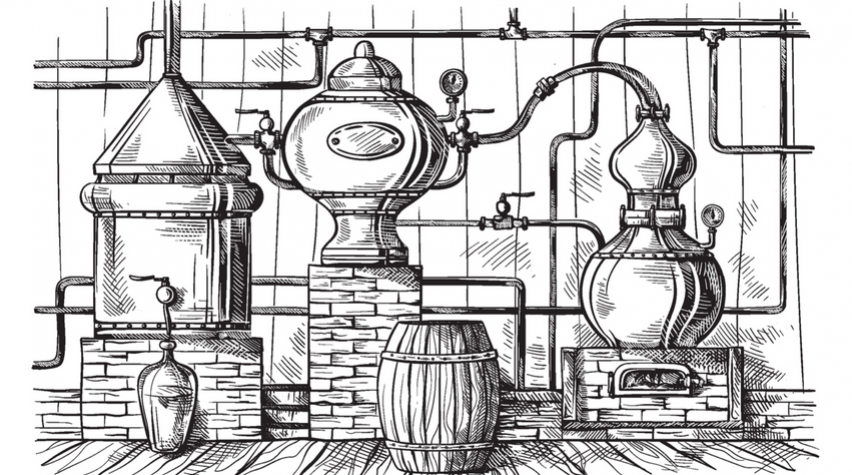
This series provides perspectives on the oncoming advances in manufacturing and how they will affect us as engineers and as engaged members of society. (If you missed earlier articles in the series, you can find them here.) Manufacturing is becoming important to the public again, recognized as impacting jobs, the global economy as noted by Nada Anid in the July 2018 issue of Chemical Engineering Progress, and global quality of life. It is rapidly becoming “advanced manufacturing” (AM).
A key aspect is process security, meant in a broad sense. The best way for me to introduce this topic is by starting with two stories—one personal, the other a well-documented historical fact.
First, the personal
Several years ago, I was teaching a class in Amsterdam with several colleagues, one of whom was a control system expert. One evening, while we were waiting in the hotel lobby to head out for dinner, my friend was working on his laptop, remotely manipulating control parameters (with the full knowledge and permission of the on-site operations personnel) on a distillation unit back in the States. By the time we left for dinner, he had lined out the column satisfactorily — from 6,000 miles away. I was (and still am) mightily impressed.
The historical fact
The other involves the Battle of Midway in June 1942. After the American victory at Guadalcanal in April that year, the US discovered that the Japanese had broken the American communication code. The US Navy was convinced (rightly so) that another naval attack was imminent, but the exact location was still unknown, and gathering and communicating intelligence knowing that the code was compromised became problematic.
However, there was one “ace in the hole” that the US had—the leg of the Trans-Pacific cable between Midway and Oahu, originally installed in the early 20th century, was still operational and provided a secure method of communication between Midway and Pearl Harbor, not requiring encryption, or exposing radio messages to interception.
Using some planted wireless messages which were intended to be intercepted and decoded, combined with the fact that the Americans had also broken the Japanese code, allowed the Americans to use an “outmoded” means of communication to correctly determine where the upcoming Japanese attack would be. The rest, as they say, is history.
Achieving its full potential
Advanced manufacturing, to achieve its full potential, necessarily must make full use of the digital revolution to analyze, optimize and control newly configured processes.
However, like my first example, if a benign process improvement engineer can access distillation unit more than 6,000 miles away for beneficial purposes, there is the real potential that a malevolent hacker can do the same, with far more malevolent outcomes, as we have seen demonstrated in several plants recently.
The goal, then, is to concurrently capture the benefits of real-time integrated data collection, remote sensing and control, while at the same time minimizing or eliminating potential threats that aggressive, hostile entities pose.
Everything old is new again
One way that might help accomplish both goals is to go back to technologies popular in the 1950s and 1960s; hardwired relays, local (off the grid) programmable logic controllers, and other “antiquated” control techniques for critical shutdown interlocks.
The normal process control can be accomplished through an accessible on-line control system, with key safety systems duplicated in the “old” manner.
These methods are by no means foolproof; but by requiring physical presence on a site to compromise or defeat them, more can be controlled and monitored.
In short, we want to be “in the cloud” for data collection, analysis control, and optimization, but “off-the grid” for safety and security.
Threading that needle is one of the challenges RAPID faces moving forward. It will serve us well to not only look forward to an exciting and productive future, but to also look backward to use tried-and-true technology, where appropriate, to provide a safer and more secure system.


